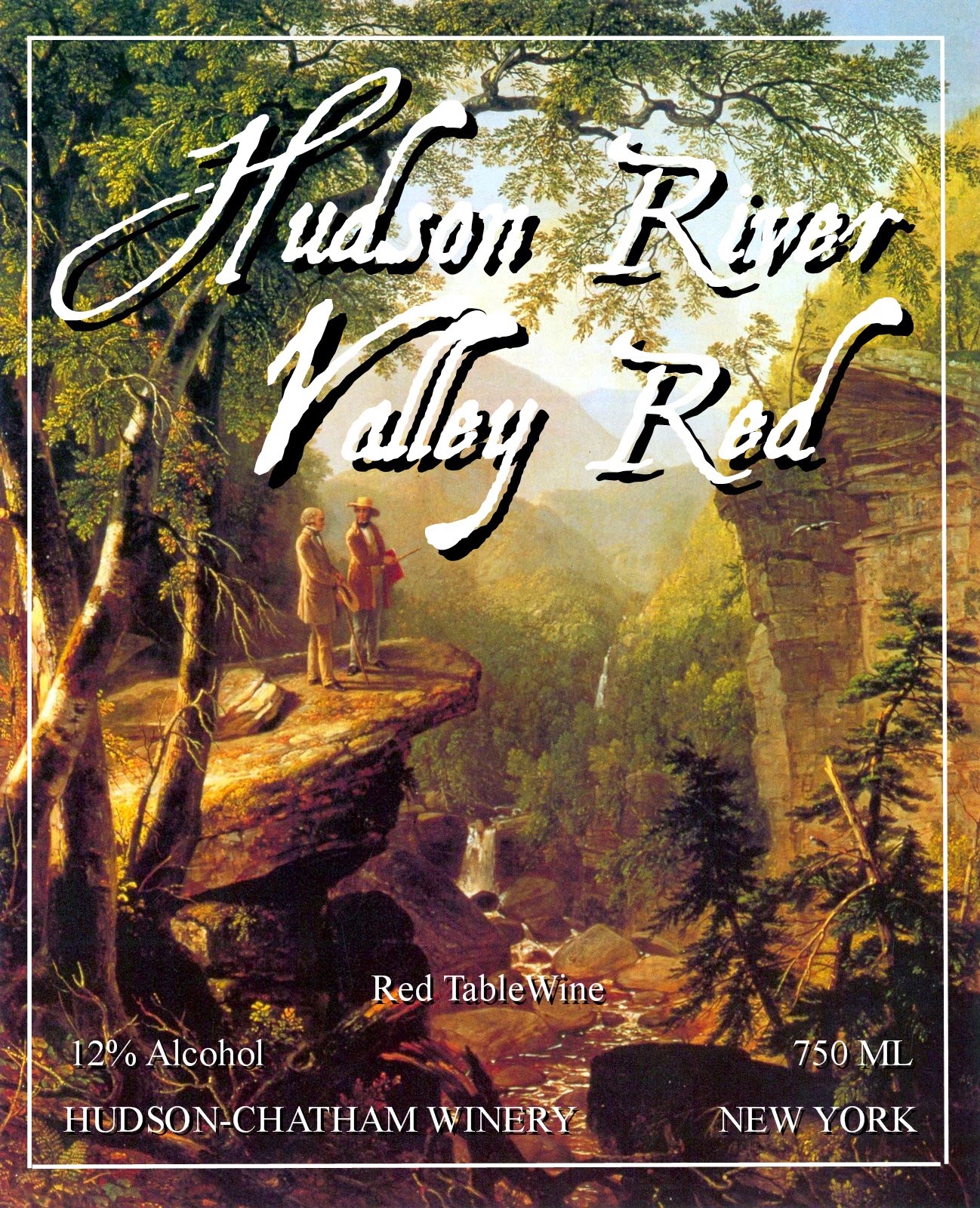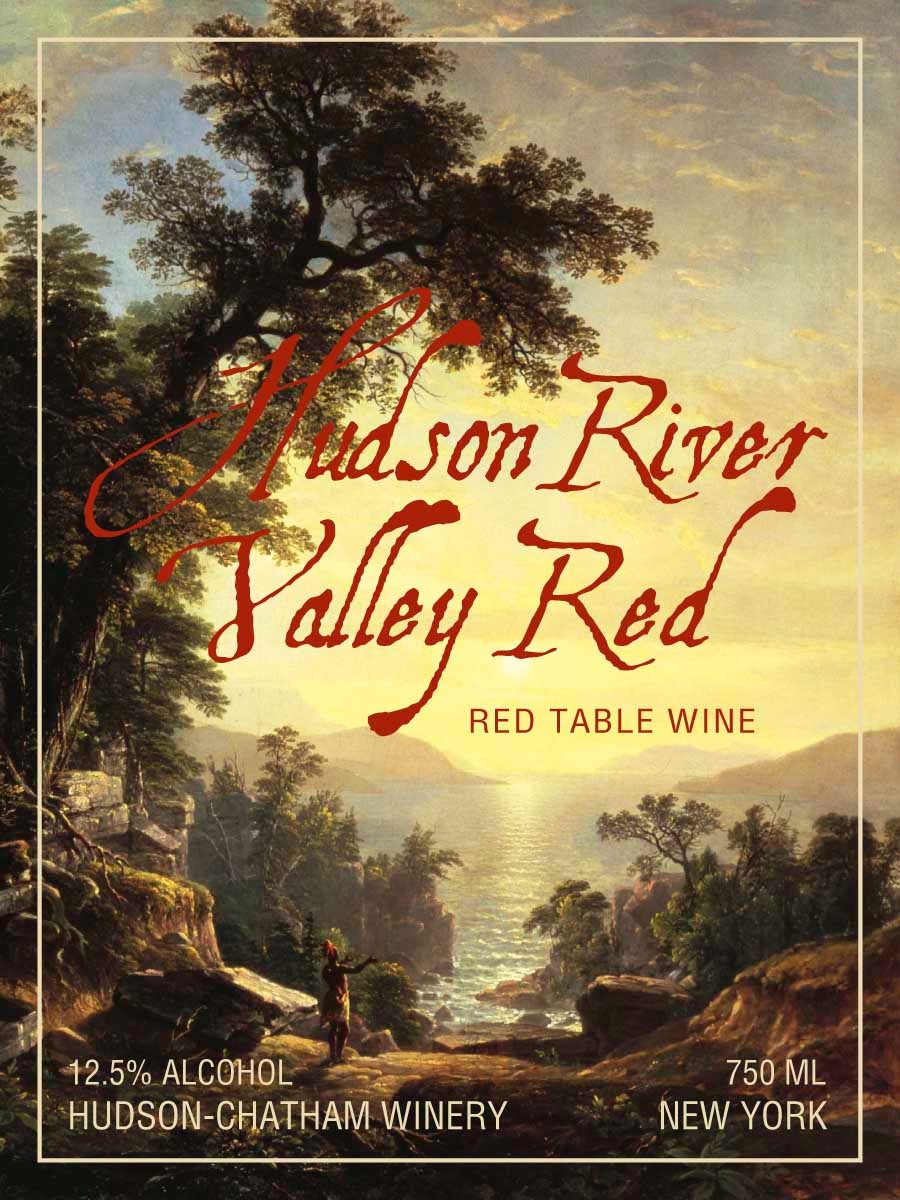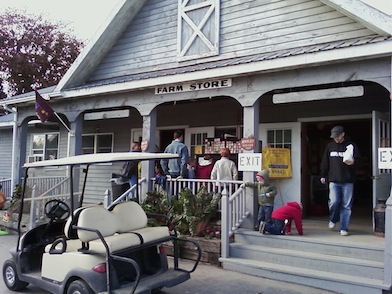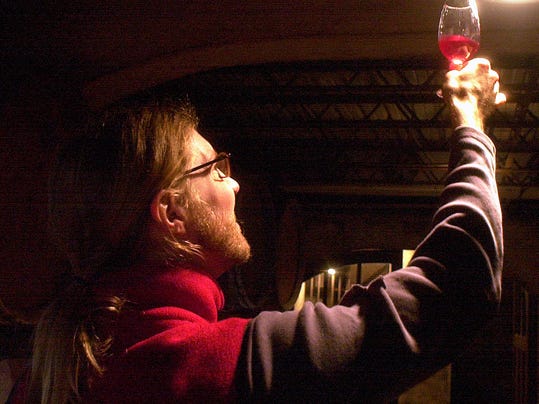
Today, at Albany Distilling Company, U.S. Senator Charles E. Schumer launched his push to establish a crop insurance program for Capital Region farmers who grow malt barley, a crop that is crucial to the continued growth of the area’s burgeoning craft beer and distilling industries. Schumer explained that there currently is no federally backed insurance coverage for malt barley in New York State, even though farmers in other states do have coverage, which severely hampers the ability of local farmers to grow the amount of malt barley needed to meet the demand of local craft brewers and distillers. Schumer noted that multiple farms in the Capital Region are already growing malt barley and providing it to a number of local brewers and distillers, but malt barley needs very specific conditions to grow and severe weather can completely knock out an entire crop. Therefore, Schumer urged the U.S. Department of Agriculture (USDA) to expand its malt barley crop insurance program to include New York State. He also called on the USDA and the federal Small Business Administration (SBA) to educate local malt barley farmers on federal financing options that will help them scale up and add equipment and facilities like on-site barley storage.
“Distilleries and breweries throughout the Capital Region pour local products and jobs into our economy, which is why it is important we continue to support this industry and provide them with the tools needed to succeed. In order for local craft distillers and brewers to expand right here in the Capital Region, we need a strong local malt barley industry, since the crop is so important to the production of beer and spirits,” said
Schumer. “But the lack of insurance for malt barley is preventing farmers from planting this crucial crop. Without protections, the risk is just too high, and that is preventing our craft breweries and distilleries from really taking off. In order to meet the demand of craft brewers and distillers, New York State will need to increase its malt barley production by 15 times, but malt barley farmers need crop insurance to meet that goal. That is why I am calling on the USDA to bring the national malt barley crop insurance program to New York State. It is already available in other states and for other types of barley; it is time to make it available here in order for our farmers, distillers and brewers to really tap into their full potential.
Schumer explained that there is currently a need for increased malt barley production throughout New York State as a result of its burgeoning craft brewing and distilling industries. Alongside water, yeast, and hops, barley is one of the major components of beer and of many spirits produced by distilleries. Malt consists of barley that is germinated and then dried under highly controlled conditions. These conditions help to release the enzymes needed to convert the barley starches into sugars. These sugars are then fed to yeast through the process of fermentation, which ultimately creates the final product, alcohol. Schumer explained that multiple Capital Region farmers are beginning to grow this barley, which they then provide to malt houses. These malt houses then take the barley seed grains and put them through the process of malting; this is so the barley seeds can begin to germinate and thus convert the starches into sugars. This malt barley is then given to brewers and distillers who have the yeast and fermentation conditions needed to make beer and spirits.
Schumer noted that the craft beer industry has been growing throughout New York State over the past few years, and in the Capital Region, increasing the need for local ingredients, like hops and malt barley. The hops industry has already taken off, however hops are needed in much smaller quantities than malt barley. For example, to make a typical half-keg worth of beer (15.5 gallons), less than five pounds of hops would be required, however, the amount of malt barley needed would range from 35-50 pounds. As a result, Schumer explained, New York State will need more farmers to grow barley and more malt houses to convert that barley into malt if the suppliers are to keep up with the industry needs.
Schumer said that this is especially important because, over the next decade, New York State is expected to require farm craft brewers and distillers to source 90 percent of ingredients from local farms and malt houses. Currently, 20 percent of all hops and 20 percent of all other ingredients, including malt barley, used by farm brewers licensed by the New York Farm Brewery are required to be grown or produced in New York State. However, by 2018, that proportion is expected to jump to 60 percent. By 2024, New York law will require no less than 90 percent of all farm craft beer ingredients be grown or produced locally within the state. Currently, for farm distillers, 75 percent of all ingredients must be produced within New York State. According to the New York State Brewers Association, while only the breweries and distilleries licensed as Farm Brewery are the ones required by law to meet the 60 percent (2018) and 90 percent (2024) ingredient requirements, most non-farm craft breweries and distilleries are also increasing their sourcing from local areas, so the pressure is mounting to supply New York State grown ingredients in the coming years.
Right now, New York State has approximately 2,000 acres of malt barley, some of which is grown in the Capital Region. According to data from Cornell Cooperative Extension, there are 13 Malt Houses either in operation or planning to open in New York as well as 39 farms engaged in growing malt barley, with an estimated 2,000 acres farmed in 2014. However, it is estimated malt barley production will have to grow fifteen-fold to 30,000 acres in the near term to meet the needs of New York State brewers and distillers, including many that have begun to take hold in the Capital Region.
Because of this, Schumer said, New York State farmers will need to drastically increase their production of malt barley over the next decade. However, the lack of a federally backed crop insurance program is a barrier that is inhibiting farmers from producing the malt barley that is needed to support the burgeoning local distillery and craft beer industry. Without the assurance that the malt barley will be insured in the event of severe weather or a poor crop year, many farmers cannot afford to produce a risky ingredient and experience a major loss without adequate coverage. This increased risk and cost scares off many potential growers. Schumer explained that while there is some insurance available to barley farmers, it is only available at the level of animal feed quality. However, the barley that is used to feed animals requires far fewer highly controlled conditions and it is two to three times cheaper to grow than the malt barley used to brew beer and make alcohol. Therefore, many farmers must choose between utilizing inadequate insurance that will not cover the full cost of their malt barley crop or simply forgoing coverage altogether. Schumer said this situation could be mitigated by providing these farmers with the USDA malt barley federal crop insurance that is offered to farmers in other states. Right now, the national malt barley crop insurance program, which has been available since the 2011 crop season, is not available in New York. Therefore Schumer is calling on the USDA to include New York State in this program and expeditiously approve its incorporation into the national program.
In order to begin this process of including New York in the USDA’s national malt barley insurance program, the federal agency would need to conduct surveys and inventories to gather information on the varieties of malt barley that are being grown and how the barley is graded; it would also need to assess the average malt barley pricing based on contracts farmers have with malt houses. Schumer is urging the USDA to come in right away and fast track the development of a malt barley insurance program for New York, because these farmers will need time to ramp up production and the malt houses they provide the crop to will need the time and financing to purchase the additional equipment needed to successfully produce at higher levels. This all must be done now rather than later, Schumer said, if Capital Region and Upstate New York breweries and distilleries are to have the malt barley supply to fill their demand and the production needed to meet the 90 percent local ingredient requirement in just 10 years.
In addition, Schumer is also calling on the USDA and the federal SBA to educate local malt barley farmers on federal financing options that will help them scale up and add equipment and facilities, like on-site barley storage. Currently, many New York State malt houses are small and, while they need the barley, they cannot often accommodate the thousands of tons of grain that these farmers will need to supply at one time. Many farmers across the state have expressed interest in growing malt barley if they had the assurance that malt houses would be able to take the barley seeds as soon as they are harvested. Additionally, other equipment malt houses have expressed interest in adding includes on-site quality control testing facilities. Right now, some Upstate New York malt houses must send the malt barley they receive from farmers to malt labs in Canada and other countries to certify the quality and characteristics of the malt. This takes several weeks, is more costly for a local company, and could lead to production delays for the craft brewers and local distillers that rely on the malt barley to make their product.

Schumer was joined by be John Curtin and Richard Sciari of Albany Distilling, Dietrich Gehring of Indian Ladder Farmstead Brewery & Cidery in Altamont, Alexander Gordon of Gordon Farms in Knox, Derek Grout of Harvest Spirits Farm Distillery in Valatie, Ryan Demler and Neil Evans from C.H. Evans Brewing Company at the Albany Pump Station, and Garrett Brown of Brown’s Brewing in Troy, Sarah Gordon from the Carey Institute for Global Good.
“As a spirits producer that relies on local agriculture to provide grain, removing the barriers in providing insurance for those who produce malt barley in New York is a critical step forward for our industry. Without this, our company, in addition to other distillers and breweries, will be limited in growth potential. We applaud Senator Schumer for supporting this important initiative,” said
John Curtin, co-owner, the Albany Distilling Company.
A copy of Senator Schumer’s letter to the USDA appears below:
Dear USDA Secretary Vilsack and SBA Administrator Contreras-Sweet,
I write to bring your attention to help overcome several barriers that are now inhibiting the growth of a New York State malt barley industry including the current lack of a malt barley crop insurance program and a need to tap existing USDA and SBA financing programs to purchase equipment to scale up New York’s malt barley supply chain.
First there is a growing need for the United States Department of Agriculture (USDA) to provide a malt barley crop insurance program in New York State and I ask that USDA prioritize and expeditiously engage with the New York State malt barley industry for the creation of a barley crop insurance product specifically for Malt Barley
. Additionally to help expedite this effort, I ask that the (National Agricultural Statistics Service) NASS begin surveys of New York malt barley production to aid the development of a first-ever insurance available to New York farmers.
Although USDA created a national malt barley crop insurance option beginning in the 2011 growing season and federally backed Malt Barley crop insurance options are available in other states, this option is not now offered in New York State in part because Malt Barley was not historically farmed in New York. However, the same factors that propelled New York State to become the nation’s third largest wine producing state over the past thirty years are now driving New York to become a leading producer of beer and craft distilling using New York farmed or produced ingredients such as malt barley.
Right now, according to data from Cornell Cooperative Extension, there are 13 Malt Houses either in operation or planning to open now in New York as well as 39 farms engaged in growing malt barley with an estimated 2000 acres farmed in 2014. However, it is estimated malt barley production will have to grow fifteen-fold to 30,000 acres in the near term to meet the needs of New York State brewers and distillers. In particular New York farm brewery licensed brewers will be required to source 60% of their ingredients from New York state farms or producers by 2018 and no less than 90% by 2024. Additionally this year New York state farm craft distillers are required to source 75% of their ingredients from New York farms or producers.
Currently the only barley insurance available in New York is for low-value livestock-feed grade barley, which is inadequate to insure the value of much costlier-to-produce high quality barley varieties used for malting. Thus, a true malt barley crop insurance product, like those offered in other states, is needed in New York to both help current growers manage their risk of growing higher value barley for malting and to remove a barrier that now discourages more farmers from planting malt barley. Additionally malt barley carries greater risks for loss and lower yields than barley grown for livestock feed because in order to be viable for malting, the grain must meet rigorous quality standards. Particularly in New York, which can endure both heavy rains and long dry spells, entire crops can be rendered unusable if malt barley becomes too moist and prematurely germinates in the field, or conversely dries out and is unable to germinate during the malting process.
Lastly, I ask the USDA and SBA to conduct outreach to the New York malt barley growers and producers to help them access existing financing programs that can help this burgeoning industry scale up and afford needed equipment and facilities that are now out of reach to today’s small but growing malt growers and producers. For example, there is need for more climate controlled on-site storage to store barley until it can be malted, as well as need for grain cleaning equipment, quality control testing facilities, and other capital needs.
I appreciate your consideration of this request that will help remove obstacles to scaling up New York’s malt barley supply chain while providing farmers with the opportunity to farm higher value-added malt barley.
Sincerely,
Charles E. Schumer
United States Senator

















































